Simple, but just plain delicious. Old-fashioned apricot cobbler.
I’ve been on a nostalgia kick lately. To make the pear pie the other day I had to go into my old-old recipe notebook to find it, and while there I saw mom’s recipe for apricot cobbler. Since I’d bought a small box of apricots the other day it seemed a done deal I’d be making this.
Without a doubt, this recipe was born of the depression era. And it’s a very simple concoction, much like the pear pie, except this one is a cobbler. It’s so simple it hardly needs a recipe, but yet it does, because you do have to make the batter with exact measurements. It’s merely a layer of apricots (I made a slightly smaller batch than shown below because I had a pound of apricots – plenty for me) and then a liquidy cake batter is poured over the top. I’m sure my mom made it in an 8×8 or a 9×9 Pyrex dish – I used one slightly smaller.
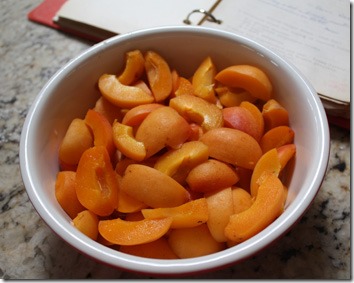 The apricots were perfectly ripe – they’d been sitting out on my kitchen island for about 3 days. One had spoiled, but the rest were still firm enough to slice without going to mush. No need to peel them, thank goodness. Apricot season is so short lived, which is sad.
The apricots were perfectly ripe – they’d been sitting out on my kitchen island for about 3 days. One had spoiled, but the rest were still firm enough to slice without going to mush. No need to peel them, thank goodness. Apricot season is so short lived, which is sad.
I know my mother used to make this with canned apricots; so on a hunch, I went online to look up Betty Crocker recipes, and with only a couple of little changes, this recipe is very similar to a very old-time recipe. My mother’s family were from the Midwest. They didn’t use much seasoning on things and even desserts were simple affairs. I am certain my grandparents had an apricot tree in the farmhouse front yard. My grandma used to do a lot of canning and am sure also that I had this dessert many times over the years. It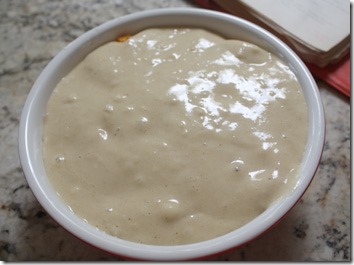 says the recipe came from Aunt Nora, who was my grandpa’s sister-in-law, widowed early in life and spent 30-40 years as a widow. She was a very sweet lady and I can picture her in her house in Turlock, wearing a frumpy thin, cotton plaid housedress, almost always with an apron on. She was a very good cook, as I recall. At right, the dish with the batter poured into it, ready to go in the oven.
says the recipe came from Aunt Nora, who was my grandpa’s sister-in-law, widowed early in life and spent 30-40 years as a widow. She was a very sweet lady and I can picture her in her house in Turlock, wearing a frumpy thin, cotton plaid housedress, almost always with an apron on. She was a very good cook, as I recall. At right, the dish with the batter poured into it, ready to go in the oven.
Betty Crocker’s recipe calls for canned apricots, and it also calls for butter. Since my grandparents suffered a lot during the depression years, I suspect the butter got substituted with vegetable oil, which is what was in my mother’s recipe. My mom wrote (her handwriting) underneath my hand-written recipe for this – “May add a little nutmeg or cinnamon, or both . . . Mom.” Gosh I miss my mom. It’s been nearly 19 years since she died. She’d lived a long life (she was 89) but I sure wasn’t ready for her to go.
The only bit of advice I have about this recipe is to use a dish that’s wider than you might think you need – the batter oozes down into the apricots some, and they do soften, but you don’t want too much thickness – of the topping on top – so it’s good to spread the apricots out a bit. 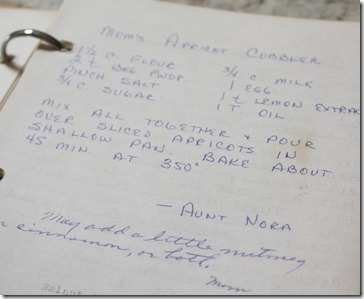 The dough is a tender cake mixture and you don’t want it to be too thick. Betty Crocker’s recipe adds sliced almonds on the top (which would have been nice if I’d noticed that before I slipped the dish into the oven – oh well) and uses almond extract in the batter. The batter completely covers the apricots – you can’t see any visible apricots at all – so you need to trust that the cake part is done. If you want to make sure, take the internal temp of it in the center of your baking dish – it should be about 190-200°F. At left, my hand-written recipe from the 1960’s with my mom’s added note below. Back in those days I used to do most of my writing as printing. There’s probably some psychology about that – I certainly don’t do that now and haven’t for decades. When I started college I started taking lecture notes by writing in caps. Who knows why.
The dough is a tender cake mixture and you don’t want it to be too thick. Betty Crocker’s recipe adds sliced almonds on the top (which would have been nice if I’d noticed that before I slipped the dish into the oven – oh well) and uses almond extract in the batter. The batter completely covers the apricots – you can’t see any visible apricots at all – so you need to trust that the cake part is done. If you want to make sure, take the internal temp of it in the center of your baking dish – it should be about 190-200°F. At left, my hand-written recipe from the 1960’s with my mom’s added note below. Back in those days I used to do most of my writing as printing. There’s probably some psychology about that – I certainly don’t do that now and haven’t for decades. When I started college I started taking lecture notes by writing in caps. Who knows why.
What’s GOOD: if you like plain and simple, then this is right up your alley. I used almond extract, not lemon (I don’t have lemon extract – guess I could have used some lemon juice in lieu of some of the milk) and I liked the almond flavoring a lot. The cake is lovely – soft and tender. It was great with a little bit of vanilla ice cream on top. I think over the years I’ve had it with just a little half and half, or whipped cream too. The cobbler was super-easy to make. Satisfying too.
What’s NOT: nothing that I can think of. This isn’t fancy, or different, or anything like that. Just plain, simple apricot cobbler.
printer-friendly PDF and MasterCook 15/16 file (click link to open recipe)
* Exported from MasterCook *
Apricot Cobbler
Recipe By: My mother’s recipe, but she got it from her Aunt Nora, in the 1930s.
Serving Size: 6
1 1/2 pounds apricots — fresh
BATTER:
1 1/2 cups flour
2 teaspoons baking powder
1 pinch salt
3/4 cup sugar
3/4 cup whole milk
1 large egg
1 teaspoon lemon extract — or almond, or vanilla
1 tablespoon vegetable oil
1/2 teaspoon ground cinnamon
1/4 teaspoon ground nutmeg
1. Preheat oven to 350°F
2. Cut and slice the apricots and place in an 8×8 or 9×9 baking dish. Use a flatter dish rather than one that is smaller, but with taller sides. You want the ratio of apricots to topping to be about the same.
3. In a bowl combine the batter ingredients and mix just until combined. Pour over the apricots.
4. Bake for about 45 minutes, or until the topping is golden brown.
Per Serving: 315 Calories; 5g Fat (13.6% calories from fat); 7g Protein; 63g Carbohydrate; 3g Dietary Fiber; 39mg Cholesterol; 213mg Sodium.





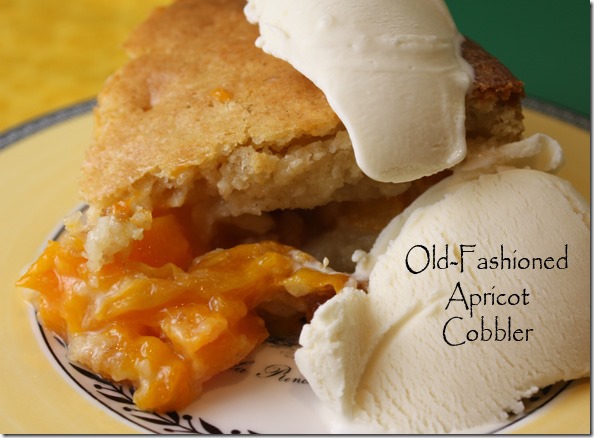

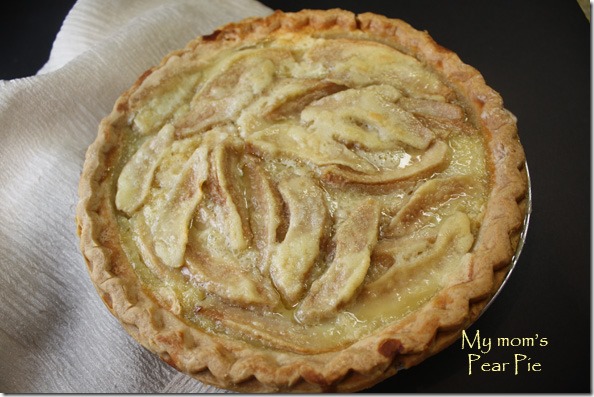
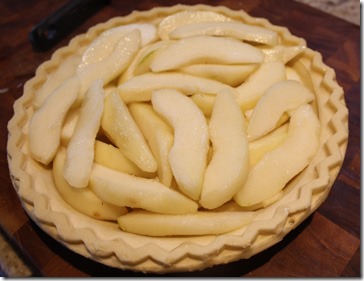
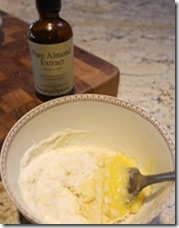
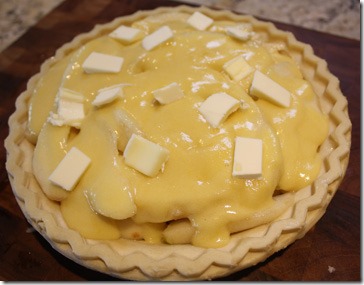
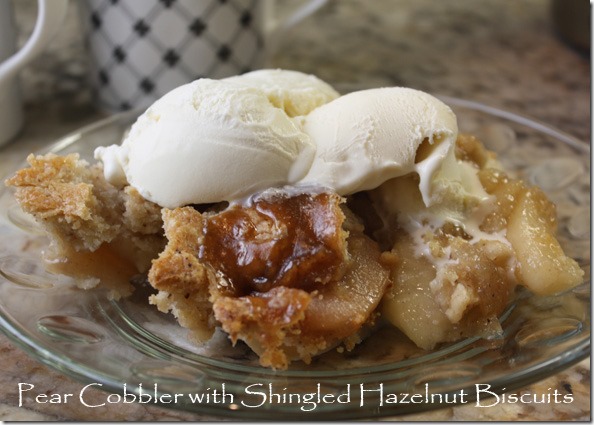
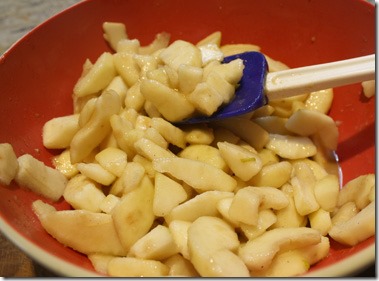
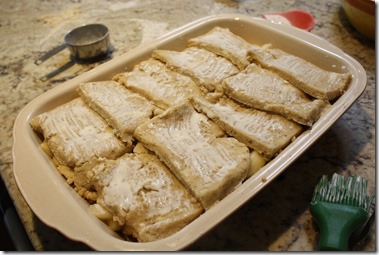
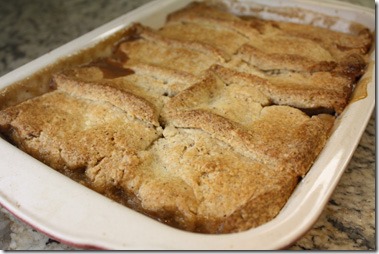
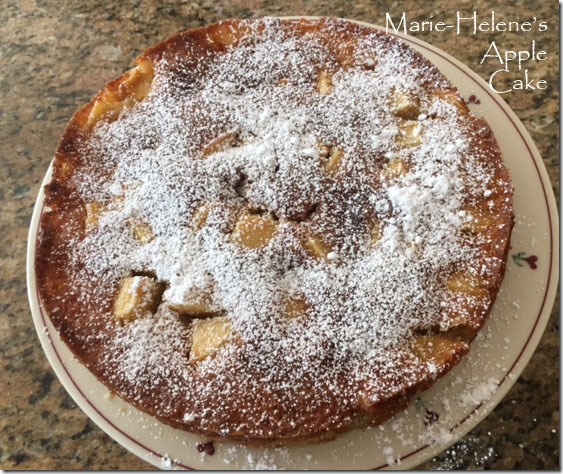
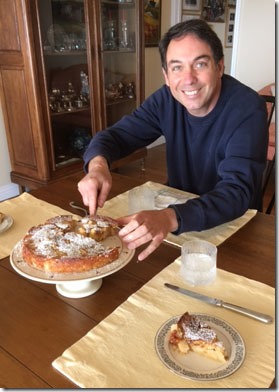
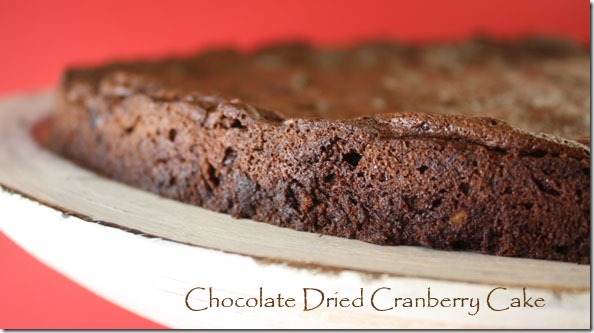
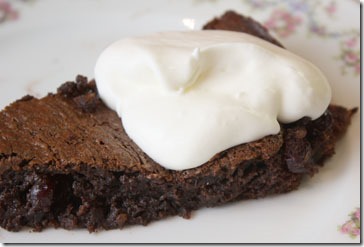
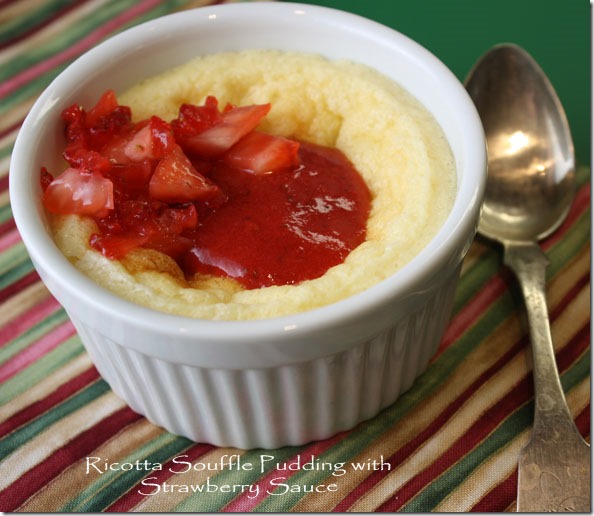
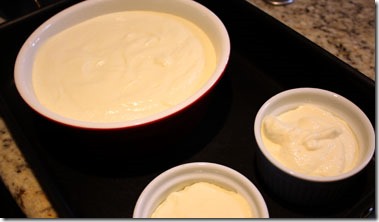
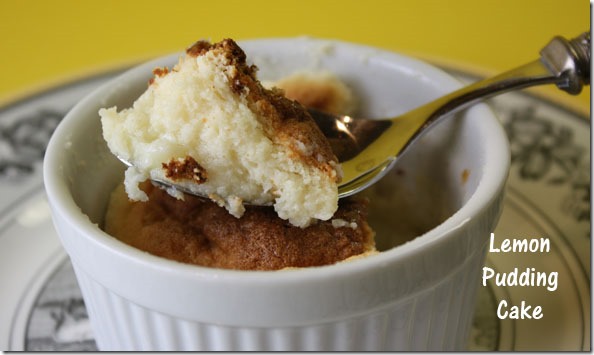
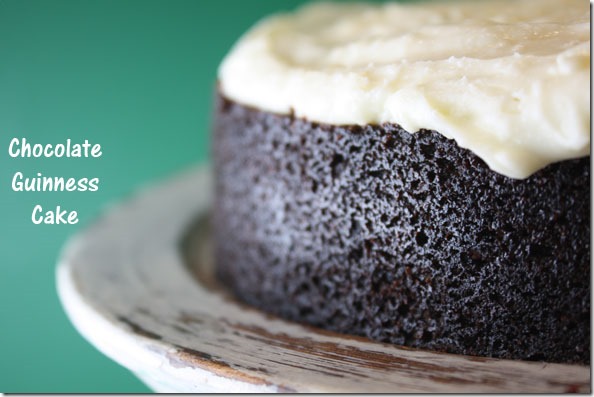
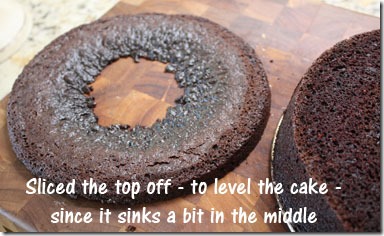
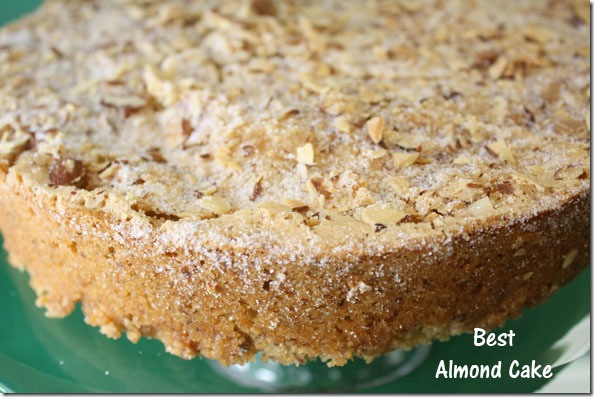
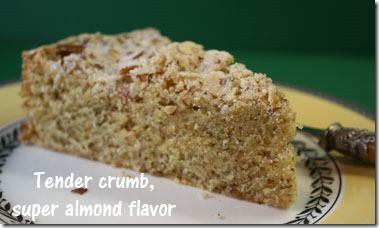
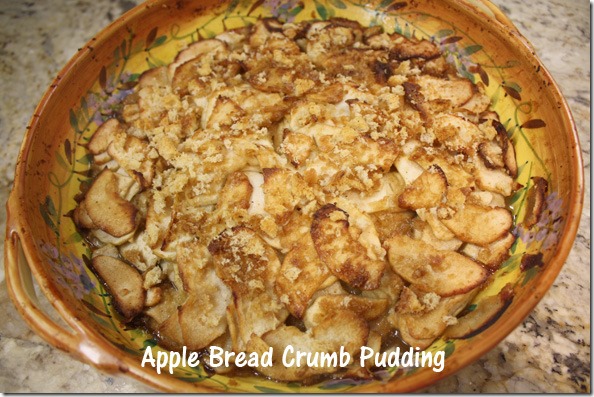
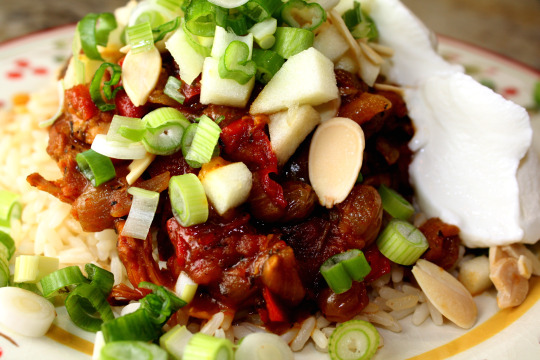 We sat down for the lunch, and I explained to everyone about the history of
We sat down for the lunch, and I explained to everyone about the history of
Leave a Comment!